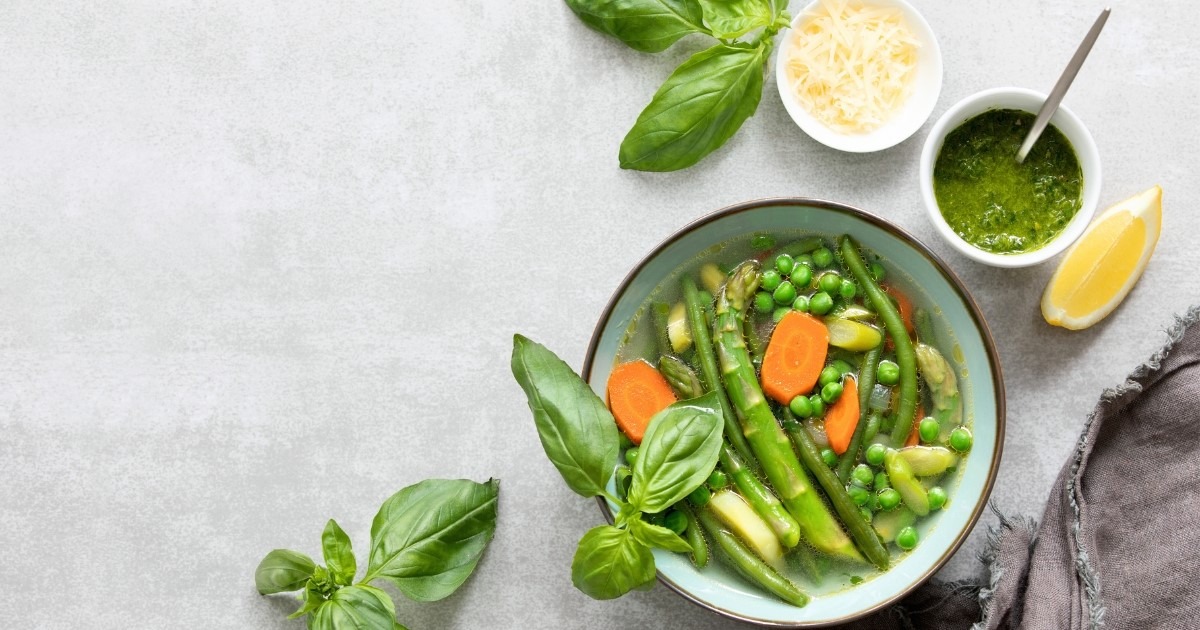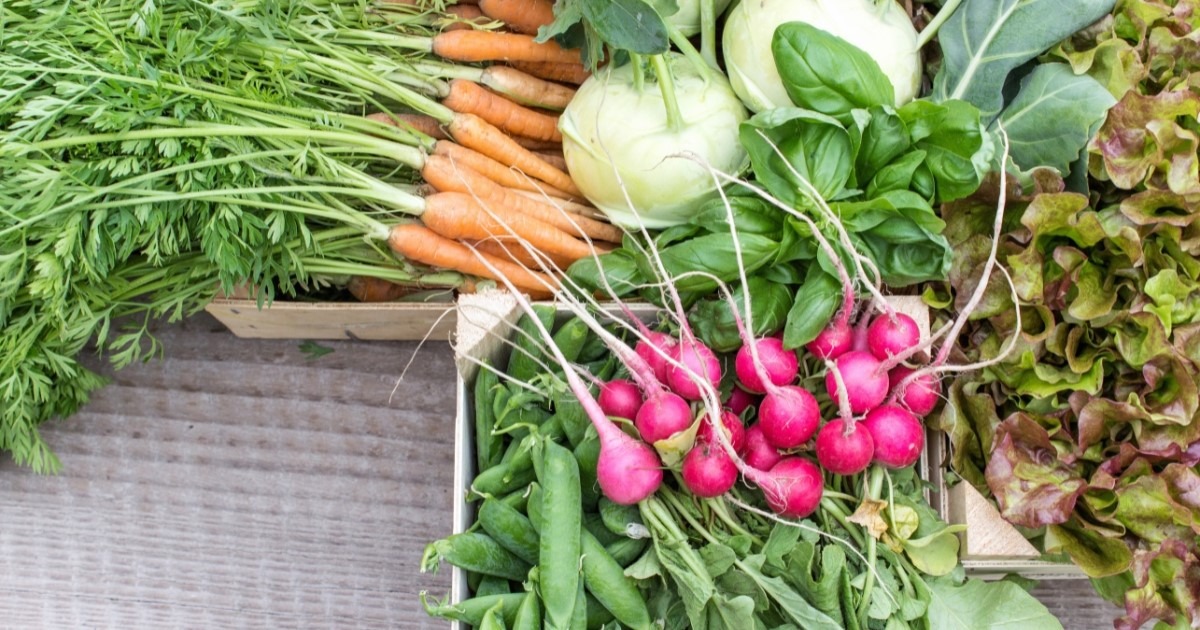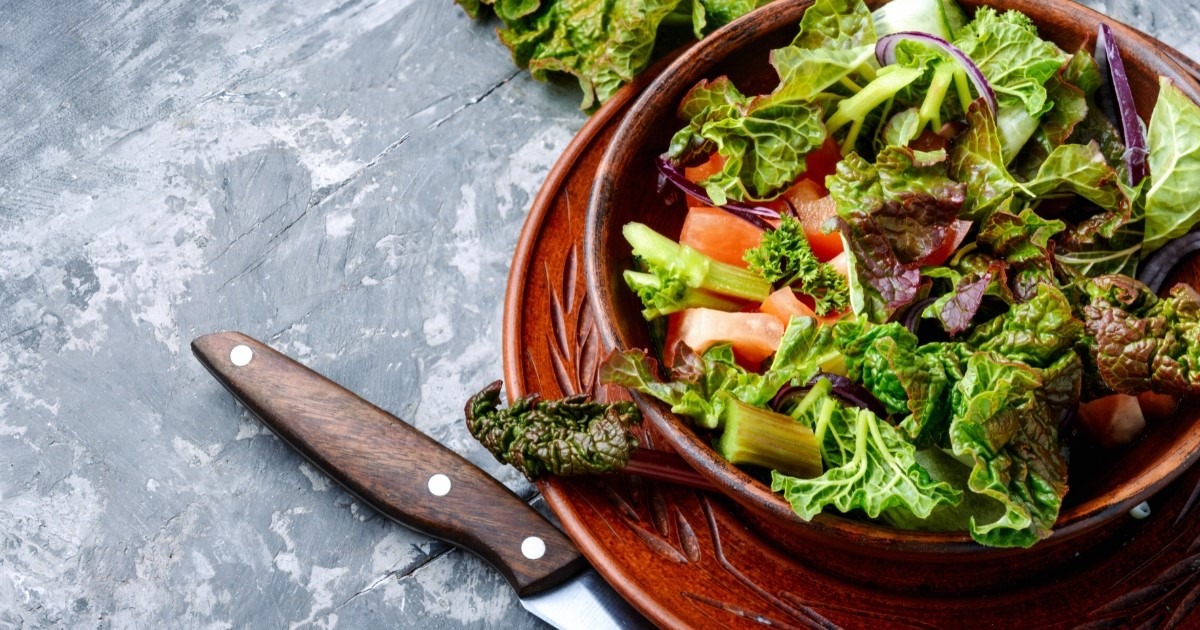
Spring Menu Planning: Cost-Saving Strategies for a Profitable Season
- Adapting to Rising Food Costs and Industry Challenges
- 1. Embrace Seasonal Produce
- Top Spring Produce for Your Seasonal Menu
- 2. Design Your Menu Efficiently
- Use Cost-Effective Ingredients
- Reduce Waste
- Consider Labor Costs
- Prep Ahead for Peak Times
- 3. Adapt to Customer Demands
- Healthy Options
- Creative Flavors
- Speed & Convenience
- 4. Experiment With Spring Beverages
- Include Low-Alcohol / Non-Alcoholic Options
- 5. Prep for Patio Season
- 6. Stay Ahead of Spring Holidays
- Spring Holidays in 2025
- Maximizing Holiday Profitability
- Keep Your Kitchen Stocked with Valley View Produce
As the days continue to grow longer and the weather starts to warm up, the restaurant industry still continues to face unprecedented challenges that make turning a profit in 2025 harder than ever. Some of the issues operators must try to navigate are rising ingredient prices, ongoing labor shortages, changes in legislation, and shifting customer expectations.
Amidst this landscape of rising costs and legislative challenges, creating a spring menu that not only appeals to customers but also sustains profitability is essential. Seasonal menus serve as a strategic approach to provide value and quality while effectively managing costs. Here are key strategies for designing an appealing spring menu that addresses the challenges operators are facing.
Adapting to Rising Food Costs and Industry Challenges
Rising food costs, supply chain disruptions, and increased labor expenses are making it more expensive than ever to run a restaurant.
Inflation has slightly eased, and The National Restaurant Association’s 2025 State of The Restaurant Industry report estimates the food service industry will reach $1.5 trillion in sales this year. However, wholesale food prices have accelerated in the second part of 2024 and will continue to pose a significant challenge to restaurant operators.
And with the recent implementation of tariffs on goods coming from Canada, China, and Mexico, the pressure and uncertainty are only increasing. Operators are closely monitoring the impact of President Trump’s tariffs on food pricing and domestic sourcing options. The new administration is also imposing stricter immigration laws that might severely affect the 21% legal immigrant workers in the restaurant industry.
On top of all that, a recent reintroduction of legislation in New York State aimed at eliminating the subminimum wage for restaurant workers is adding further pressure to already strained budgets.
In this shifting landscape, restaurateurs need to adapt and find ways to protect their bottom line without passing all these costs onto diners. Here’s where seasonal menus come in – and how to build your spring offerings for profitability and customer satisfaction.
1. Embrace Seasonal Produce
Using seasonal ingredients is a simple way to reduce costs while enhancing flavor and quality. In-season fruits and vegetables are abundant, so they’ll cost less while delivering superior flavor. Additionally, sourcing locally can improve sustainability, appeal to eco-conscious diners, and reduce transportation costs.
A well-designed seasonal menu not only attracts customers but also minimizes waste and sourcing costs. Swapping out expensive, out-of-season ingredients for fresh spring produce can significantly improve margins while keeping your menu exciting and relevant.
Top Spring Produce for Your Seasonal Menu
As the weather warms up, spring brings an abundance of fresh, seasonal produce perfect for appetizers, entrées, and desserts. Here are some classic favorite spring vegetables and fruits to feature on your menu:
- Asparagus: Ideal for soups, salads, and grilled sides.
- Artichokes: A great addition to pasta dishes, dips, and flatbreads.
- Peas: Versatile for risottos, purees, and fresh spring salads.
- Radishes: Adds crunch and spice to salads, tacos, and appetizers.
- Strawberries: Perfect for desserts, cocktails, and sauces.
- Fava Beans: Great for hummus, pasta, and grain bowls.
- Leeks: Adds depth to soups, quiches, and sautés.
- Spring Onions: Perfect for stir-fries, marinades, and grilled dishes.
- Herbs: Add a finishing touch filled with flavor with cilantro, parsley, dill, basil or chives.
- Leafy Greens: Add them to salads, Buddha bowls and garnishes.
- Morel Mushrooms: A delicacy in pasta, sauces, and gourmet entrées.
2. Design Your Menu Efficiently
A well-designed menu is a must-have for increased profit margins. Here are some menu engineering tips to maximize profitability while creating a delicious spring menu:
Use Cost-Effective Ingredients:
Use readily available and affordable ingredients. Seasonal produce is key here! Opt for the more cost-effective option when certain ingredients are not your dish’s primary source.
Reduce Waste:
Repurpose ingredients in multiple dishes to reduce waste and maximize their value. For example, grilled asparagus can be featured in a salad, a pasta dish, and as a side for a protein entrée.
Consider extending breakfast hours, introducing weekend brunches, or offering rotating specials to maximize the use of popular dishes while maintaining an effective inventory.
Consider Labor Costs:
Focus on spring dishes that require minimal prep and quick assembly. Remove low-profit and time-consuming dishes that slow down kitchen efficiency.
Prep Ahead for Peak Times:
Preparing key ingredients in advance, like marinated meats, pre-cut vegetables, and batch-made sauces, keeps service running smoothly while minimizing labor costs and food waste.
3. Adapt to Customer Demands
In 2025, diners are looking for healthy dishes, bold flavors and value. Integrating top food trends in your spring menu can attract more diners and satisfy a wider range of preferences.
Healthy Options
Consumers care more than ever about health and well-being, so it’s essential to incorporate plant-based dishes, allergen-friendly options, and quality protein into your menus. Highlight fresh, nutrient-rich ingredients and lighter dishes that align with health-conscious dining trends.
Creative Flavors
After years of comfort foods dominating menus, bold flavors and new experiences are now driving consumer demand, especially for younger generations. Experiment with innovative flavor pairings and keep the limited-time offerings (LTOs) coming to maintain novelty and cater to Gen Z’s adventurous palate.
Speed & Convenience
Takeout and delivery have become integral parts of the restaurant industry, and this shift is here to stay. Offering takeout-friendly meals that travel well without losing quality ensures a positive customer experience and sustained revenue.
Consider packaging that maintains food integrity, menu items that hold up well during transport, and bundling meal kits to appeal to busy diners.
4. Experiment With Spring Beverages
As the weather warms, diners switch their hot lattes and toddies with cool, refreshing drinks. Consider using fresh herbs and fruits already in your kitchen for cocktails and mocktails to help control costs. Some creative ideas include:
- Mint and basil-infused cocktails
- Strawberry and citrus spritzers
- Cucumber and elderflower mocktails
Include Low-Alcohol / Non-Alcoholic Options
With a growing demand for alcohol-free beverages, offering house-made lemonades, fresh juices, fruit-infused sparkling waters and seasonal mocktails expands appeal while keeping drink costs manageable.
5. Prep for Patio Season
As the weather warms up, outdoor dining becomes a significant revenue driver. According to research from VSAG, adding an outdoor patio can increase restaurant gross profits by up to 65%. Increasing foot traffic during patio season helps offset rising costs, but restaurants need to be mindful of labor and ingredient expenses.
Here’s what you can do to maximize patio season profitability:
- Optimize Seating: Arrange tables efficiently to maximize space while maintaining a comfortable atmosphere. Leave enough space for diners to feel relaxed.
- Weatherproofing: Add umbrellas, pergolas, or retractable awnings to keep diners comfortable in varying weather conditions.
- Spring-Themed Decor: Add potted plants, seasonal fresh flowers, and soft lighting to create an inviting ambiance.
- Streamline the Outdoor Menu: To speed up service and simplify kitchen operations, offer a slightly reduced menu for outdoor diners.
- Leverage Seasonal Promotions: Happy hours, brunch specials, and live music nights can drive more patio traffic.
6. Stay Ahead of Spring Holidays
Spring holidays like Easter and Mother’s Day bring an influx of diners looking for unique experiences. Prix-fixe menus and holiday specials help manage food costs while increasing perceived value.
Spring Holidays in 2025
- Easter – April 20
- Passover – April 12-20
- Earth Day – April 22
- Cinco de Mayo – May 5
- Mother’s Day – May 11
- Memorial Day– May 26
Maximizing Holiday Profitability
- Offer limited-time holiday menus featuring seasonal ingredients and customer-favorite dishes.
- Use pre-portioned dishes to control ingredient usage and costs while maintaining quality.
- Promote reservations and pre-orders to plan inventory efficiently and reduce waste.
- Create holiday packages for takeout and catering, allowing customers to enjoy festive meals at home.
- Use social media marketing to generate excitement and drive early bookings.
Keep Your Kitchen Stocked with Valley View Produce
A well-designed spring menu balances profitability with seasonality, keeping costs under control while delivering high-quality, fresh flavors. Valley View Produce provides a wide range of fresh, seasonal ingredients and pantry staples, helping restaurants adapt to rising costs without compromising quality.
With reliable sourcing, flexible ordering, and a commitment to freshness, we make it easy to keep your menu profitable all season long.
Start planning your spring menu today with Valley View Produce!





